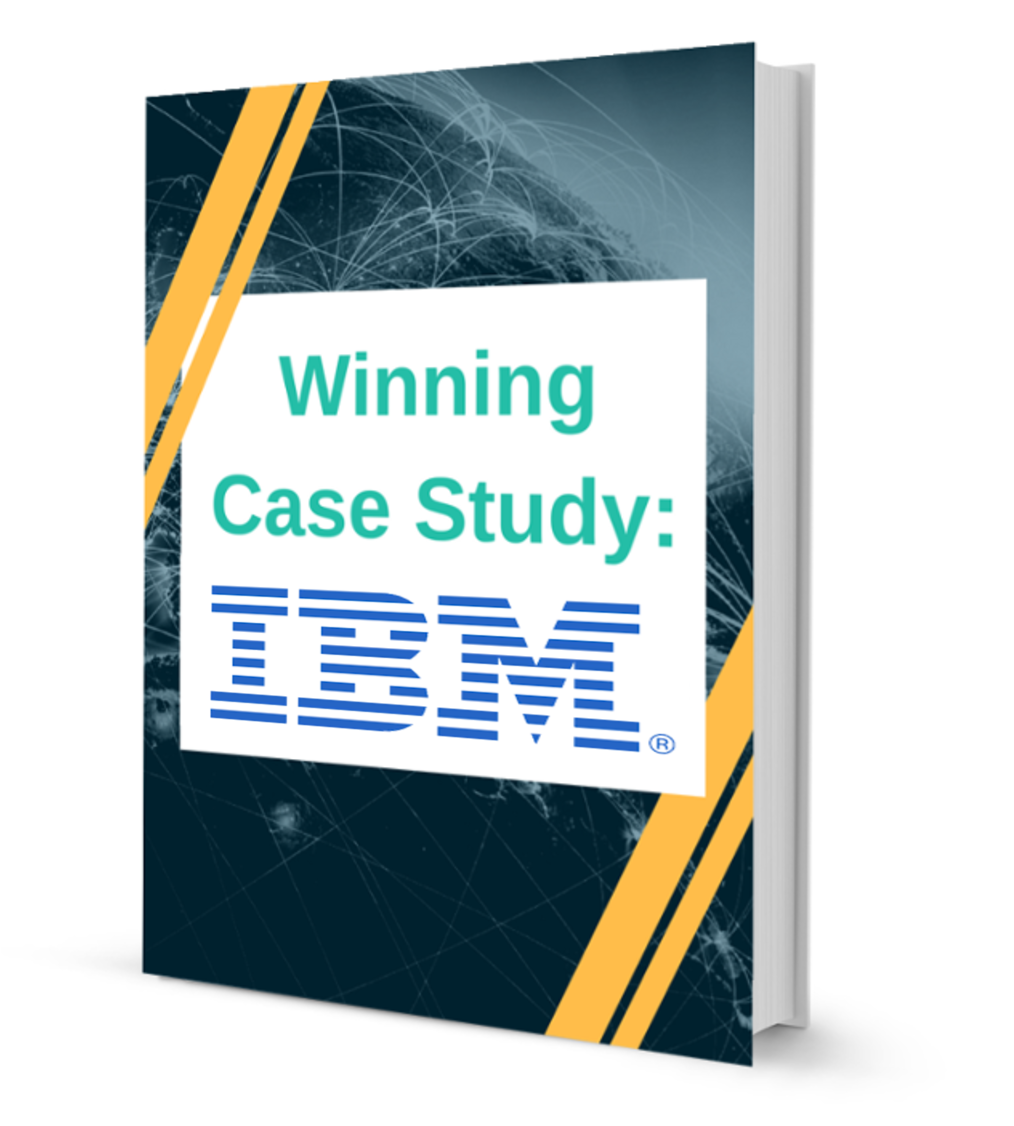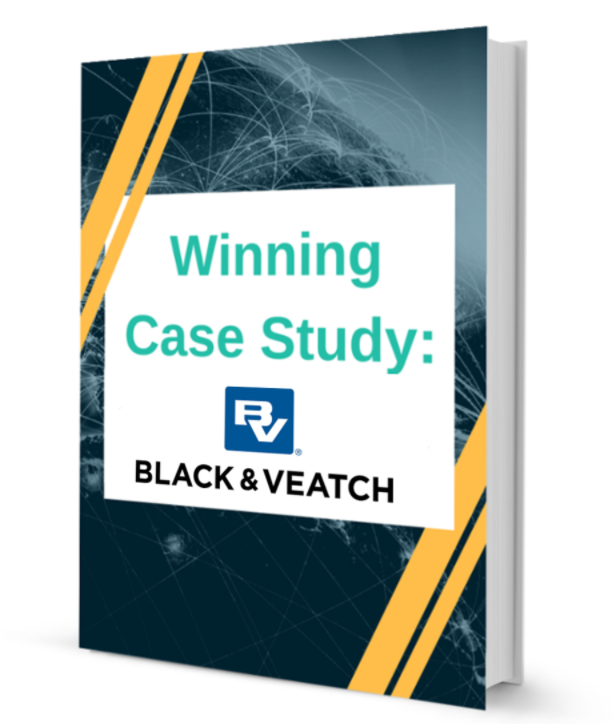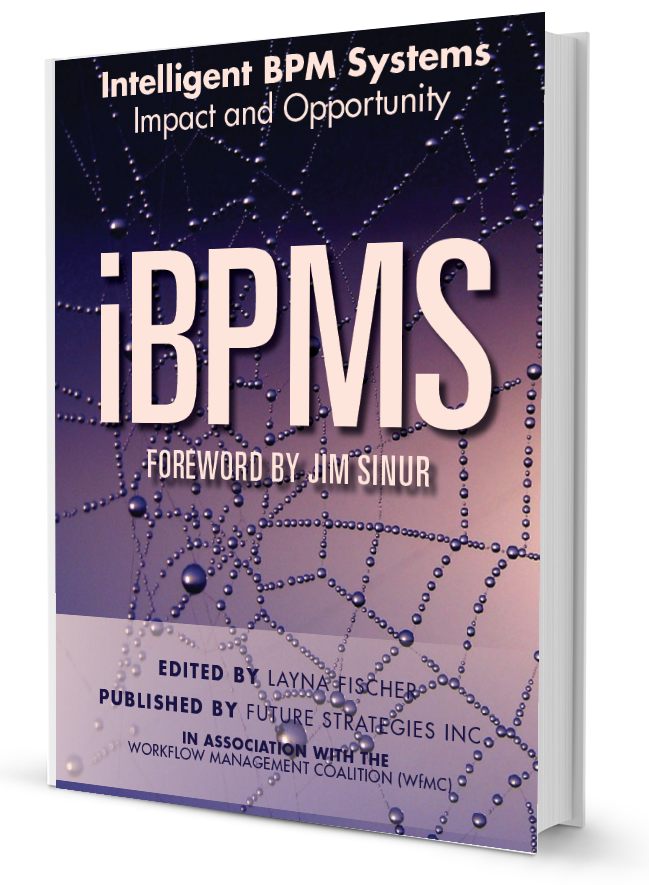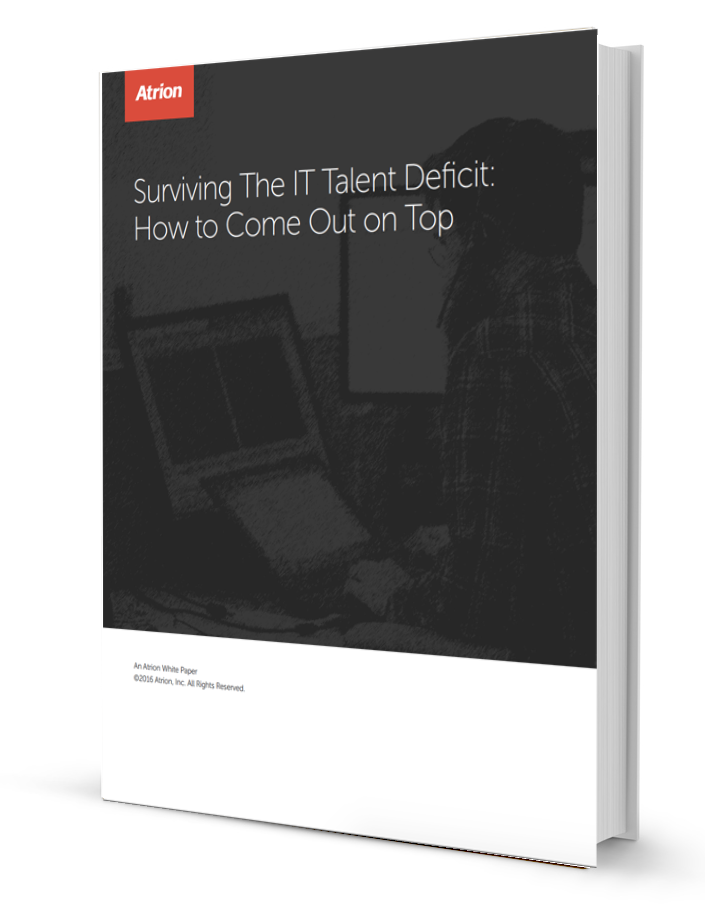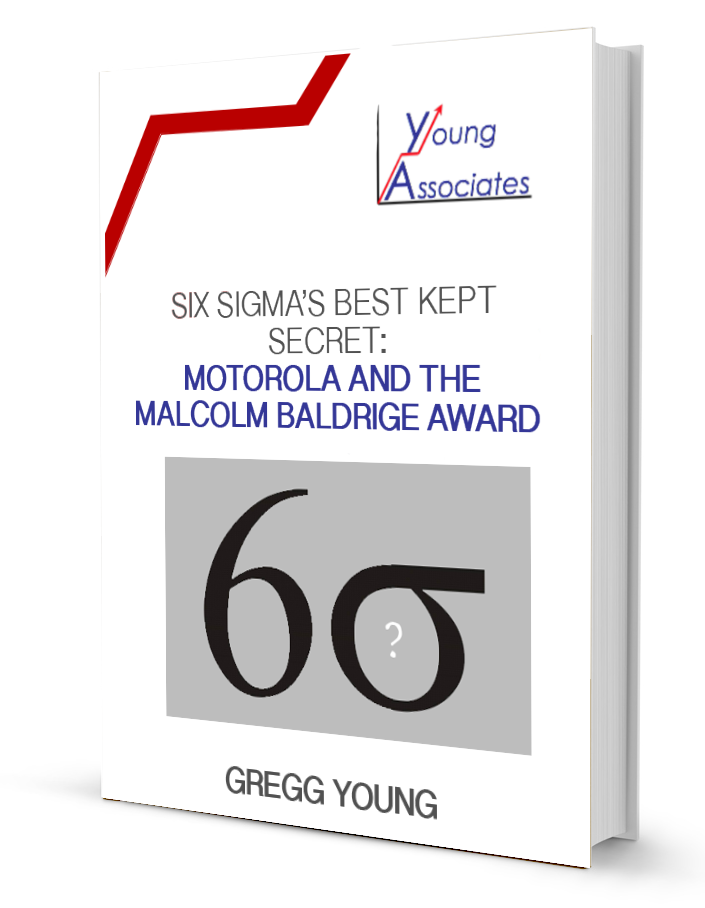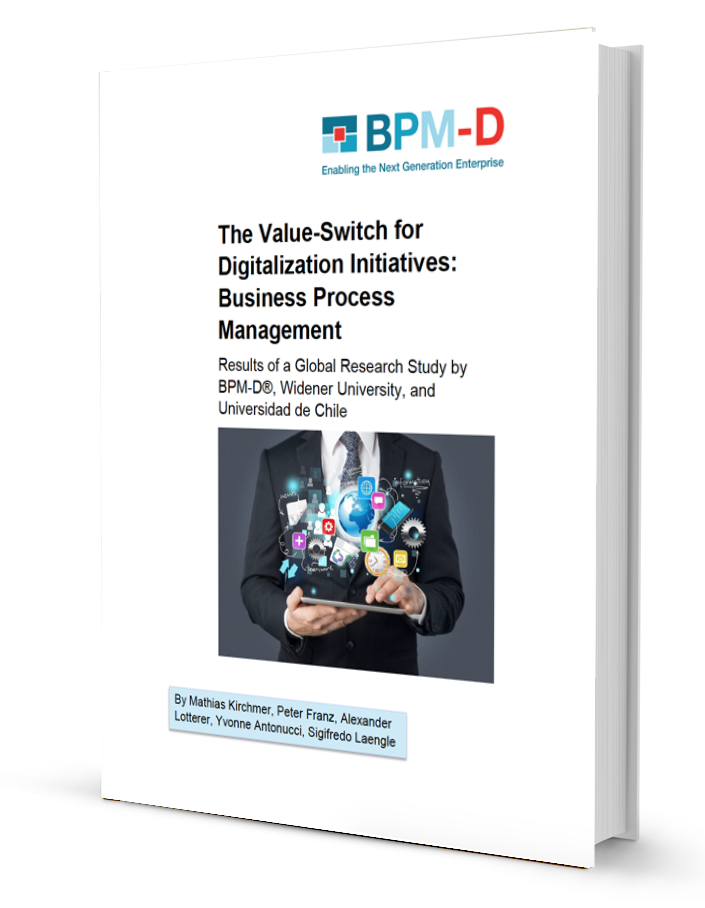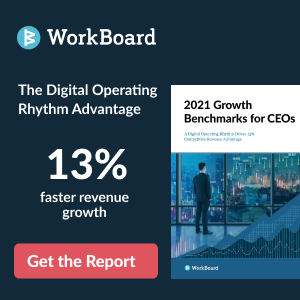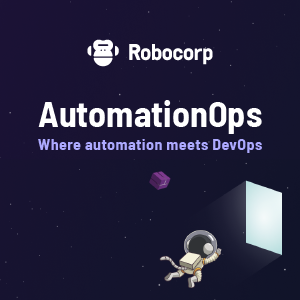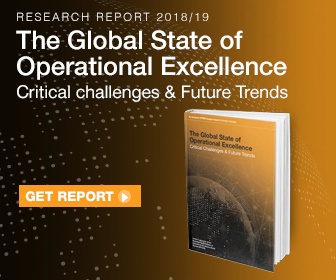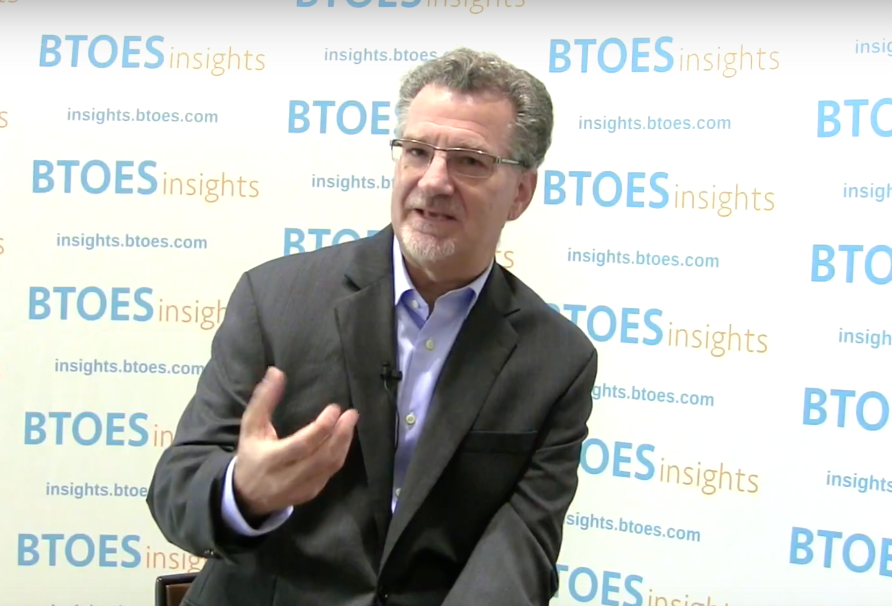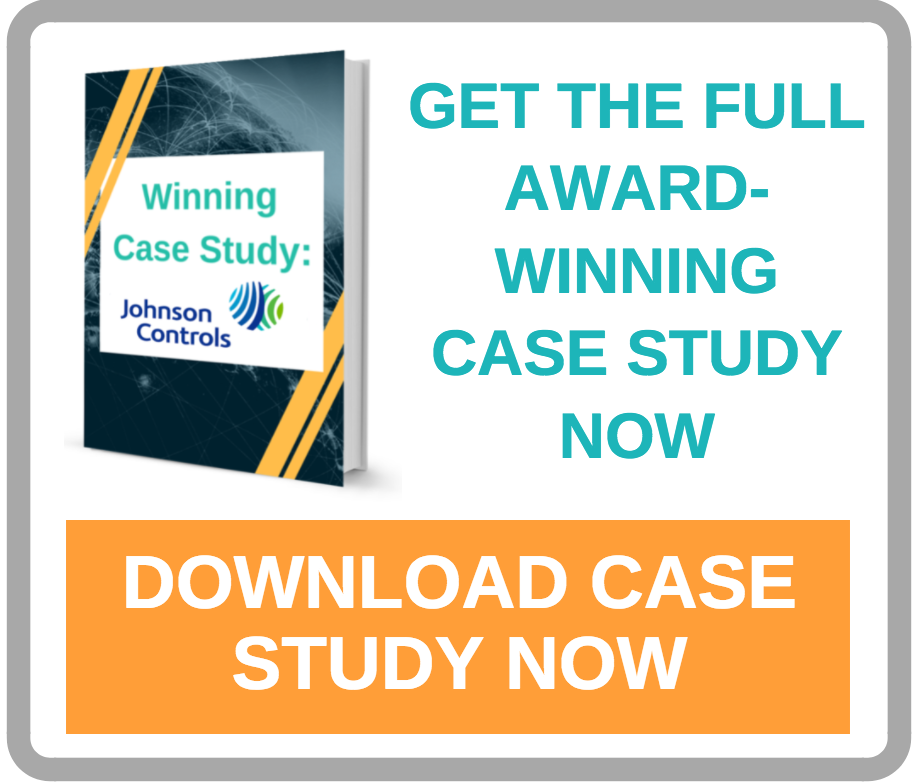About the Presentation
There are only two cases when strategy is not important, you have no competition or you don’t care if you lose. Neither applies to us. We have competition and we want to win. Winning requires both strategy and execution. I believe this topic, while frequently discussed is usually over complicated and misunderstood. Focusing on the critical elements of what creates a right to win and what does not as well as consistent measurement, feedback and execution gives a company it’s best chance to win.
Key Takeaways:
- The non-negotiables for a good strategy
- The right clear , concise and quantified objectives
- Understanding of how the company creates advantages and how those advantages translate into value creation
- A Framework of principles and constraints with bright lines so we can understand the tradeoffs in our choices and guide us to the right choices
- Alignment of Management, BOD and shareholders on the strategy
- Emphasis on execution of your strategy
- Keeping the team aligned and focused
- Quantify everything
- The importance of putting runs on the board
-
Presented by Attila Dobai, Head of Strategy and Innovation, Avis Budget Group
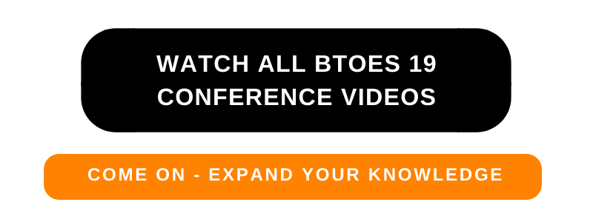
Tell, obey. I'm the head of strategy and innovation for the budget truck rental group, which is a subsidiary of Avis budget group. What we're going to cover today is setting up for success, the core tenants of continuous business transformation that do it's method and a real world example of this. So how did we actually do this within the truck rental division? So setting up for success here. You know, in organizations really of any size when we face the challenge of linking strategic vision and execution estimates that I've seen say roughly 8% of companies are good at both vision and execution. So this is definitely a problem in just about any company. Companies tend to be good at either strategy, vision, or strategy execution.
So how do we, how do we go about, how do we go about bridging that gap? Um, I served eight years in the United States Marines. One of the ways that we were able to do something very similar in the United States Marine Corps is we had a philosophy of centralized command and decentralized control. What this means is that the overall vision for what we were trying to accomplish was very centralized. We all knew the major goals that we were trying to accomplish, but it was decentralized control. People in the field had the ability to adjust and adapt in real time to real events. Sineck talks about Simon Sinek talks about, you know, imagine somebody with a box on their head and all they could see is backwards and you ask them to walk across the room in a straight line of there's no obstacles. They could probably do it, but what happens if we put a chair in the way, know do they? Do they go around the chair? You've told them to go in a straight line. Do they go around the chair? Do they go over the chair? If you don't decentralize the control of the situation, if you don't give those people control of the situation, they don't have the ability to to adapt to reality so the core tenants in enabling continuous business transformation, we're only going to cover a handful of these in the interest of time. We only have a half an hour here. Um, some of them that I won't cover is like from Intel, one that I absolutely love, disagree, but commit. Um, we won't cover, start with why by SANDAG. But if you've not had a chance to view that video, that TEDx talk, I highly recommend it. Absolutely phenomenal talk. We won't dig into agility though. It's absolutely important to the continuous business transformation method.
So what's wrong with how we view transformation today? The first core tenant that we have is that business transformation is continuous. Oftentimes we tend to think of transformation like a, like a butterfly. It's going from a Caterpillar and then boom, it's a butterfly because that's what we see. But in reality, transformation is not a singular event transformation. There's a bunch of micro processes inside of that that create an environment for this Caterpillar to turn into a butterfly. So in reality, transformation is not singular. It's not instantaneous. There are processes within the processes. By the time you realize you need transformation, it's going to be too late. Examples are numerous think blockbuster toys, R us taxis. How many taxi services are dying? Just getting killed by Uber car and truck rental.
Uber. Uber definitely had an impact on car rental. Many of you probably used an Uber to get here when you would have rented a car before. By the time you realize that you need transformation, it will be too late. Another core tenant is to always use an emergent strategy. And what I mean by this is the difference between a deliberate strategy, which is we have this plan and it's unchangeable versus emergent strategy, which always looks at what are the inputs that we're getting. So it's continuously changing, is continuously adapting to the environment that we're running into.
We need to embrace this. You know, a delivery strategy is no longer providing a safety. He used to be that incumbents could execute a deliberate strategy and rely upon the barriers to entry to prevent other companies from disrupting them. And the reality is today that just does not work. Deliberate strategies no longer provide us with a, with a source of comfort. Emergency emergent strategies typically have benefited disruptors. They've benefited the companies that were small and nimble and could react very quickly. Unfortunately for incumbents, we can no longer rely upon a deliberate strategy. We have to rely upon an emergent strategy. We have to start thinking like smaller companies the last one I'll cover is fail fast and fail small. We often hear fail fast, right? We want to go out, we want to test something. We want to try to see if it worked or not. I add on fail small and what I mean by that is when we test these things, let's not test them enterprise wide. Let's let's try to contain that test as much as we can and truly be able to learn from from what we do, but we need to do quickly. We're going to iterate through a whole lot of these things to find the winning profit formula. So the do its method is a formalization of what I've been doing at Avis budget group. We'll go through, again, a real world scenario with that. We'll go through a real world how we actually rolled this out, but I want to go over it from a very high level first. This is a structured continuous business transformation method, so it starts with the define phase and then iterates through, observe, improve or innovate, test, and then sustain or scale. These are the overall, this is the overall method, but we'll iterate through those three as much as we need to fast small until we come with something that we can win on and sustain and scale. So during the define phase, you'll want to distill that big picture vision down into a goal. And I'll tell you about what our, what our vision was and how we distilled that into a goal. You'll need to secure funding and resources for that initiative. In many cases, you're going to be guessing many times here, you're not going to have a comfort level that many incumbent businesses are accustomed to. You're going to be guessing, you're going to be rolling the dice. It's potentially high risk executives and incumbent businesses typically didn't get there by taking these kinds of risks.
But you just have to remember to fail fast, fail small, move on. During the observe phase, we're going to quickly understand what our current state is and we're going to understand that the customer's jobs to be done, and this comes from disruptive strategy, this concept of jobs to be done. You may be familiar with it from the innovator's toolkit or, or worked by clay Christiansen, but we're really trying to understand what the customer is really, really trying to do. Um, you know, clay Christiansen uses an example of a milkshake at McDonald's. What they found was that McDonald's was selling a lot of these things in the morning and then we're trying to figure out, well, great, but how can I sell more of these things? So they looked at the jobs that the customers were trying to do and what they found out was that making the milkshake healthier wasn't beneficial. Um, you know, making it thicker wasn't beneficial. What they found was that making these things better for customers that were on a morning commute to keep the one hand busy, give them something to do, could actually beat other alternatives that they had like donuts, which were messier, bagels, which were harder to consume during the morning commute and McDonald's was able to move the needle on this, which is a great example of a of incumbent business acting a bit like a startup or a disruptor.
The improver and innovate phase comes from our strategic goal. So what was it that we were trying to move the needle on? Did we want to take a sustaining innovation or a disruptive innovation? If it was sustaining, then we're improving. If it's disruptive, then we're innovating and this is really a key difference that we need to be aware of.
Next, we'll test. We're going to keep iterating through this. We're going to keep testing our hypothesis until we find that winning profit formula that we can then take to the next phase. So we'll continue to iterate, iterate, iterate until we get there. The last is sustain and or scale. So sustaining would typically come from an improvement, right? We want to ensure that that improvement lasts scaling typically will come from an innovation. So once we figured out that fast and small solution that got us to a profit formula that we knew to be a winner, now we need to scale that thing rapidly. We need to, we need to forgo profits in favor of rapid growth so that we can stay ahead of our ahead of our competitors. So now let's look at a real world example of this in real life, directly from the trenches you all may be familiar with with the truck rental model was invented in the 1950s by U hall and it really hasn't changed since all of the competitors use roughly a copy of you Hall's methodology. They follow that pretty closely and that's how truck rental works. Now, if you've ever rented a truck, you'll know that that's not a great experience, right? It takes a while. It's fairly slow commerce. Some you're working with people, so it was budget group. We were tasked with reinventing the truck rental model. And this was in support of our vision in which we believe that the entire mobility space will be changing very dramatically over the next 10 years. We believe mobility, mobility will not exist the way it does today. In 10 years. We may not even recognize it. So we've decided that we're in a good strategic position in that we can actually act like a startup at budget, truck rental and disrupt the truck rental industry. Now typically, if you follow Christiansen, you'll know that the prevailing thought is that you can't disrupt from within. You can't disrupt from within your own company. You need to disrupt from outside. We're challenging that belief, we're challenging it and we're trying to disrupt an entire industry from within our own own organization. Um, so we, we've come up with a self service truck rental.
This is actually, this is actually been piloted right here in the Orlando area. So we have 13 locations with 49 trucks. These are completely self-service. So there is no counter agent. There is no, um, nobody to get a key from. The keys are already inside the truck. They're absolutely fast. So if you went from, Hey, I took an Uber to Walmart and I want to pick up a big screen TV to how do I get this thing home? Literally two to three minutes. Facial recognition works, matches with your driver's license, Mary's up your insurance information and you're in a truck. Now the great thing about the technology was that even if you break the window of the truck, take the key out of the unlogged glove box, you still can't start the truck. So we, we solved for that.
So again, you know, we started by clarifying the vision and we defined our goal. So our goal was to reinvent the truck rental model. We set about doing that with a very streamlined process. We listened to our customers. The things that they don't like are going to a rental counter, taking a half an hour or more to go from showing up to getting in a truck. Um, we did, we distilled those down into key actionable items and that was during the define phase. We also secured funding resources for the initiative. So that we could actually implement.
We observed our customers, we observed them actually renting our trucks. We observed them, um, actually talked to them about the jobs that they were trying to get done, uh, to build our, our initial improvement and then test it. Found some really surprising responses. Uh, one of our initial philosophies or initial hypothesis was that this would be a product that was used by consumers. We didn't, didn't necessarily believe that there would be a large commercial application for this product. Feedback that we got from customers was actually, uh, favorable for commercial. It surprised us. So this project again was an innovation project. We decided to take a disruptive, innovative innovation strategy and emergence strategy so that we could roll this out. So again, w in an emergent strategy, we are constantly looking for feedback from our customers to let us know how we need to pivot, how we need to change until we find that winning combination that brings us a profit. And again, we, we test, we're constantly iterating through this. We're testing so we bolt, we'll build a hypothesis. Do we have a customer? Does the technology work in the operations, support it and we'll test were we successful or not? And constantly pivot, constantly iterate through this again, until we find that winning profit formula.
Once we do, we're going to scale. Now you may wonder, Hey, if you guys actually done this yet, um, you know, have you found that winning profit formula? And I'll tell you that we have not yet. Um, we'll keep running this minimal viable product here in the Orlando market, uh, until we do, until we can figure out how to profit from this and then we're going to grow very rapidly with it. So that covers what I wanted to cover during this, during this segment. And I'd like to open it up for questions and answers.
Okay yeah, that's a great question. So how do we handle disruption from companies like Uber? Um, you know, I see Uber, um, really more disrupting taxi cabs than thing car rental, um, while they're still disrupting car rental. Um, I think that we stay ahead of it by keeping a small emergent strategy. Um, and then moving forward with that. So for us, that means things like reinventing the rental model as a whole. Um, bringing more choice to customers. Cutting down on our rental lines. Um, gentleman named Jeff Kaitlin, uh, is leading up a great initiative there, uh, on the car rental side of it.
Are you guys doing, isn't enterprise doing some sort of vibration? You guys are also with like Lyft and Uber for the drivers to run when your cars?
Yes. Yeah. Yeah. So the question was, you know, isn't a us enterprise, some of the others are actually partnering with these, uh, car hailing services and absolutely correct. We've partnered with Lyft. Um, I believe one of our partners is partnered with, um, with Uber. Um, but yeah, we, we absolutely rent cars to drivers who otherwise could not qualify or do not have their own vehicle so that they can now drive for these car hailing services.
Other questions? Yes. Obstacle internally for business transformation.
So we're, we have, um, been an incumbent business for quite awhile. Um, where we, we have a winning profit formula already. Um, anytime you're in an incumbent business that already has established a winning profit formula, it's very hard to overcome that inertia. Um, so that's been one of the biggest challenges for us is overcoming that inertia that we already had. Um, our key executives are absolutely on board. Um, you know, our employees are, are getting on board. Um, but you know, this is something that absolutely challenges the status quo inside of, uh, any company of any size. Uh, so that, that's been, I think the biggest challenge that we've had.
Head count reduction essentially with being able to self serve and not interact with the counter, that sort of thing. And so when you're getting people to adopt this technology and use it, how did you get past the implication on organizations and people?
Um, so so far we really haven't had any real impact, um, on people, but people do see that impact coming. Um, so specifically with our, uh, our current model involves primarily rental dealers. We call them, which are outside, uh, agencies that rent our trucks. Um, you know, some have expressed some, some concern about what we're doing. Um, but this is absolutely the future of vehicle rental.
Yes. Did do it strategy that you have seen, very similar to agile methodology, are there any key differences that you could share between the two or are they kind of the same thing?
Um, yeah, I, there is definitely similarities. So, uh, in developing the dude's method, I incorporated parts of PDCA. So standard PDCA, uh, Dimmick, uh, he definitely came into play in developing that. Um, you know, specifically with Dematic I felt like there was too much of a, too much of the analyze phase. Uh, so I definitely wanted to cut back on that so that we don't get caught in an endless and analysis loop. Um, agile came into play for me much later, uh, in that I was trying to develop a way to do these things much faster. So, you know, typical, uh, strategy execution on something like this would be measured in years. Uh, we did this in six months. Um, so I think you're seeing similarities, um, because I've incorporated, uh, different pieces, uh, you know, into the duets method. I can't share specifics on how much we reduced our cost, but absolutely, we reduced our costs. Um, let's call it between 10 and 15%, um, passed on some of that to the customer. Um, so we're able to disrupt on both the low end in a new market.
About the Speaker
Attila Dobai is the Head of Strategy and Innovation for the Budget Truck Rental division of Avis Budget Group. He is passionate about applying the concepts of continuous improvement to drive business transformation, strategy execution, innovation, and data analytics.
Attila has over 14 years of experience in solving complex enterprise-wide business problems in a service-based transactional Fortune 500 business. His data-driven process-centered approach to problem solving has been repeatedly proven successful at improving both process efficiency and effectiveness while impacting the bottom-line.
He is a Lean Six Sigma Master Black Belt and Project Management Professional (PMP) who has managed continuous improvement projects, programs, and portfolios. He strongly believes that continuous improvement is the key to bridge the gap between the boardroom and the operation.
BTOES is the industry’s biggest and best, senior-level, cross-industry gathering of Business Transformation & Operational Excellence industry leaders and senior executives.
It also hosts the Business Transformation & Operational Excellence Awards, which showcase globally the most outstanding organizational achievements through the application of Operational Excellence programs.
The summits hosts a number of private forums for C-Level & Global corporate-level leaders as well as business unit heads.
With over 150 speakers, over 100 sessions, 12 Keynotes, 9 Track Themes, 5 parallel tracks, 60+ track sessions, 50 roundtable discussions, 20 Interactive Workshops, 6 Thought Leader Panels, 5 Leaders Boardrooms, 5 co-located events, the Industry Awards Program, Site Visits, 20+ hours of social networking including 2 gala cocktail parties, dinners, numerous group activities, this is the ultimate event to benchmark, network and drive Operational Excellence to the next level.
Quick Links
Speakers
Agenda
BTOES Awards
There is a strong focus on Cultural Transformation, Customer Delight, Sustaining an Operational Excellence program, Need for end-to-end Business Transformation, Keeping up with new technologies/impact of digitalization and Leadership Buy-in & Understanding. We dedicated two tracks to advanced technologies, such as AI, Machine Learning, RPA, Predictive Analytics, Blockchain, Cloud infrastructure etc.
The agenda is designed to encourage active meaningful conversations though all day enhanced networking and interaction opportunities, including
- All-day Refreshment & Themed Breaks
- 1¼ Hour Hot Breakfast Networking Sessions
- 1½ Hour Hot Plated Networking Lunches with Topic & Industry Sector focussed tables
- 1½ Hour Roundtable Sessions by Topic & Industry Sector.
- Keynote & Themes Panel Sessions
- Hosted Welcome Receptions from 5.30pm
- Expanded more lavish Awards Program
- Newly launched Night Summit for attendees to meet after dinner
For more information or to discuss the summit in more detail please schedule a call below,
Click here to schedule a call.


.png)
-1.png)











































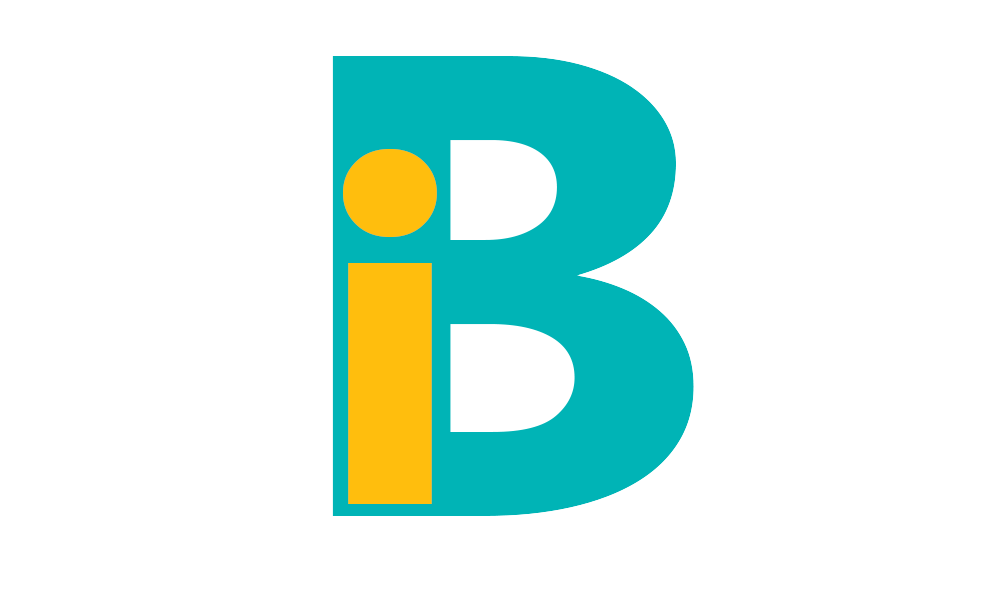


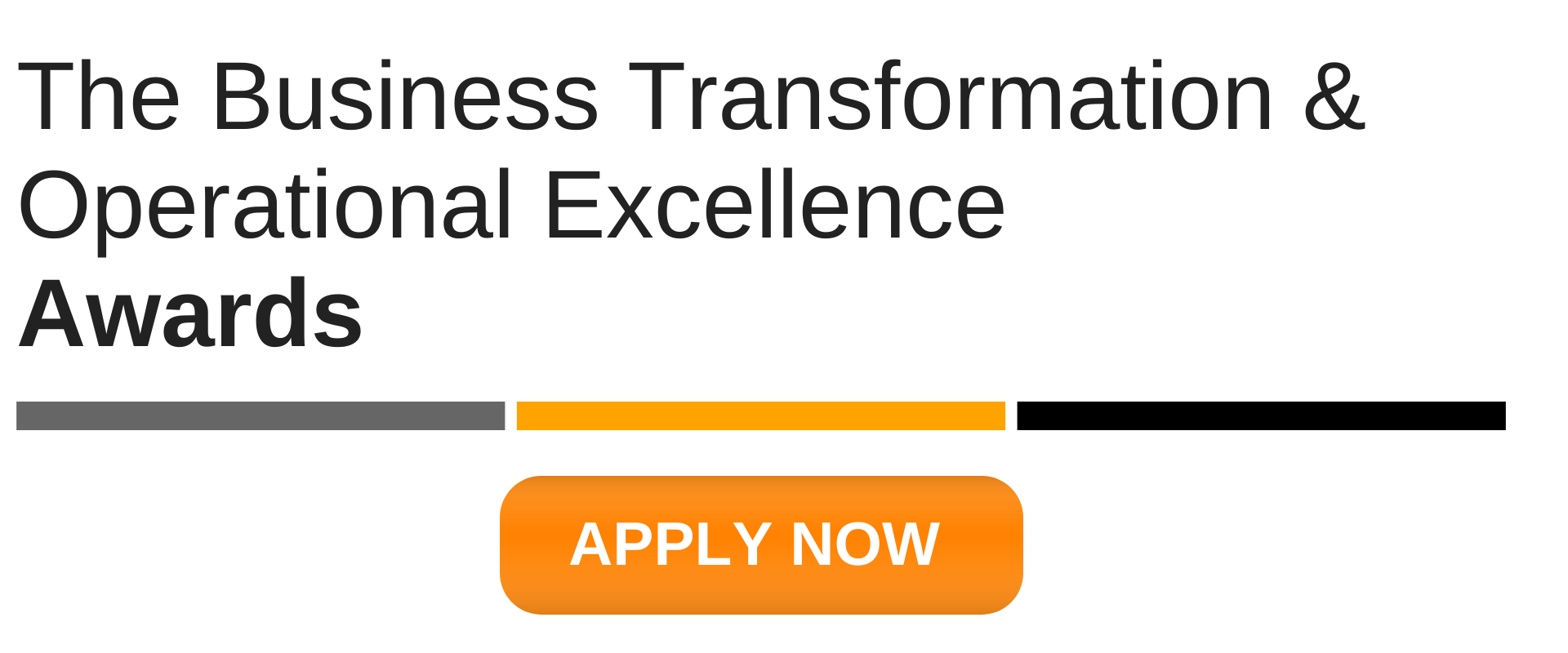

-2.png)
-2.png)
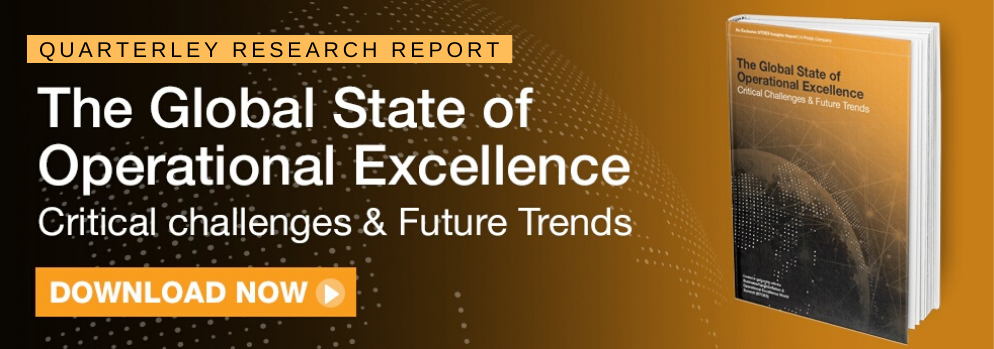

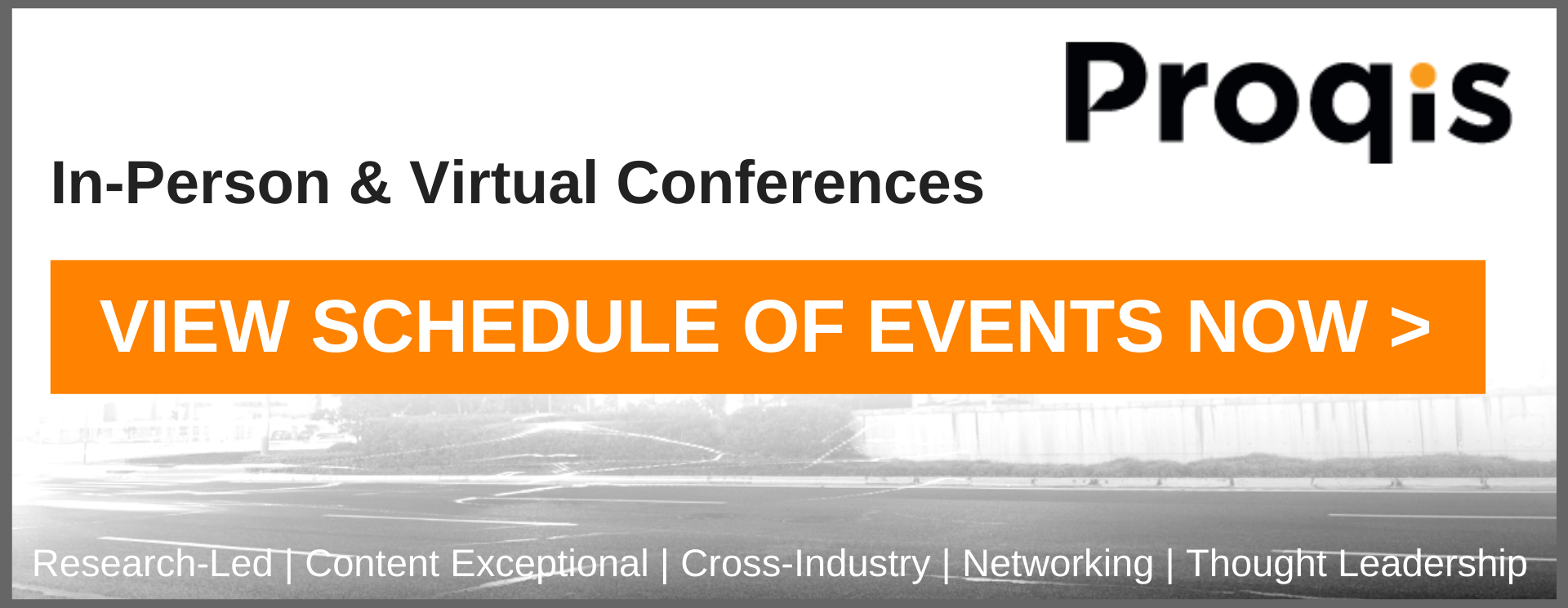


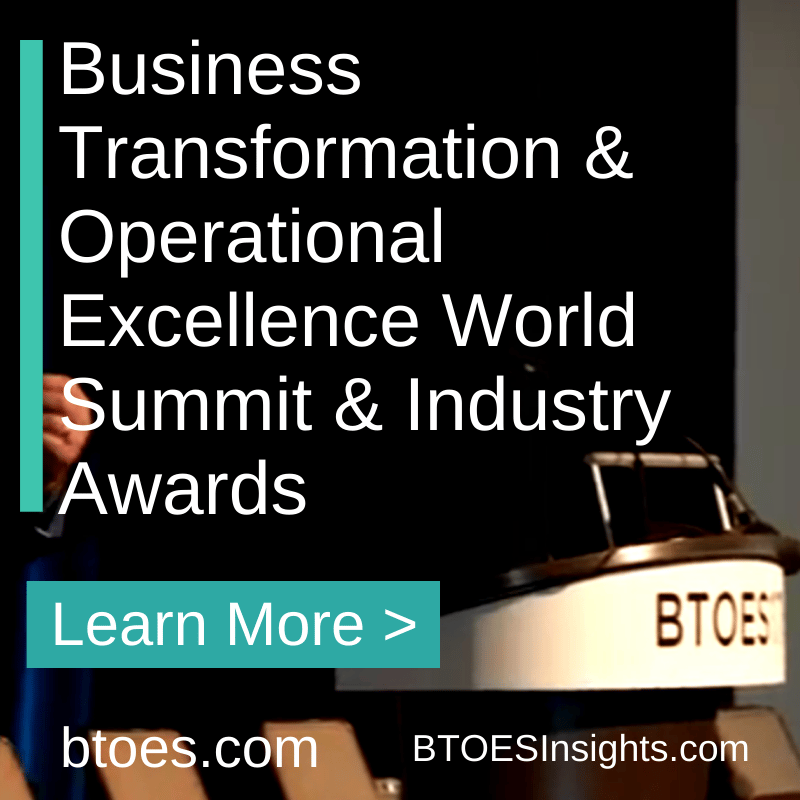
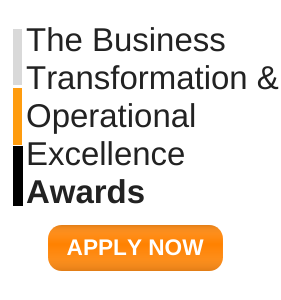
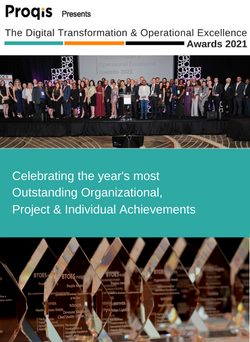
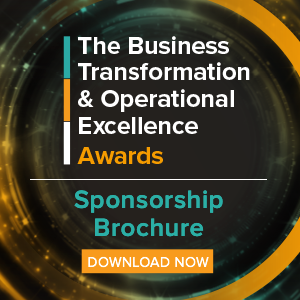
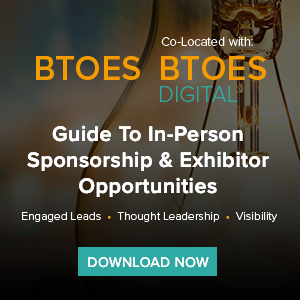
%20(1)%20(1).png?width=1410&name=Add%20a%20heading%20(8)%20(1)%20(1).png)



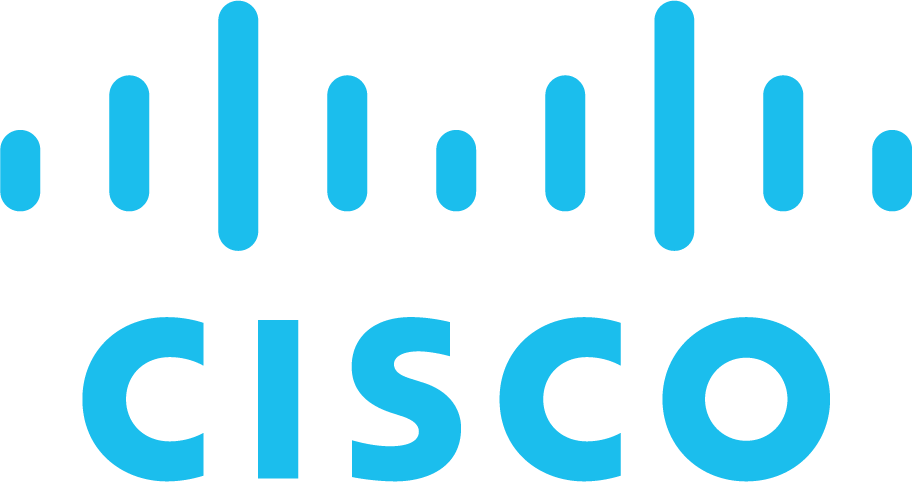
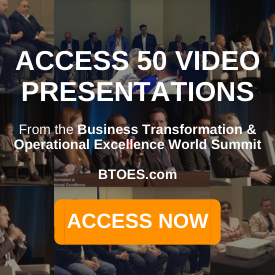
.png?width=300&height=300&name=LINKEDIN%20AWARDS%20GRAPHIC%20(1).png)
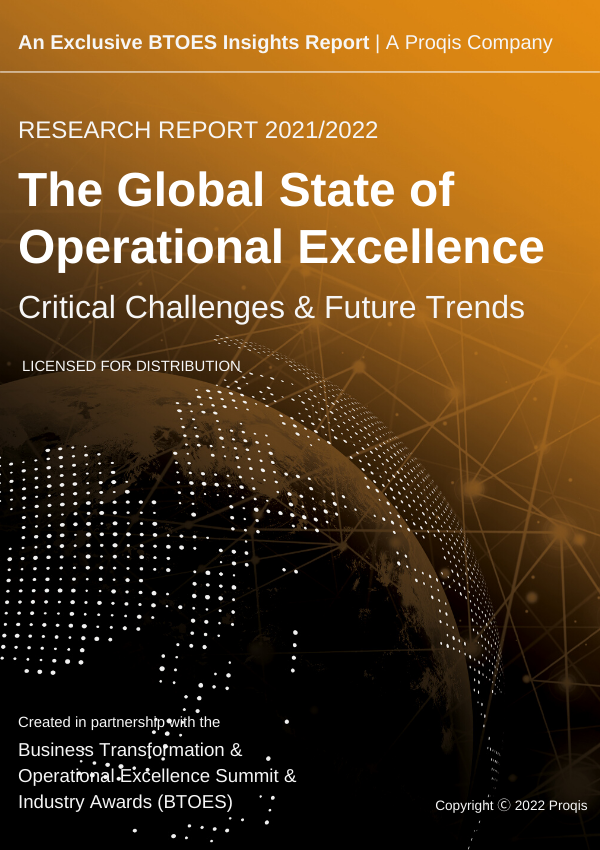
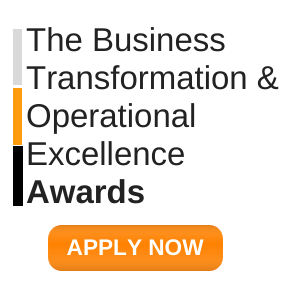
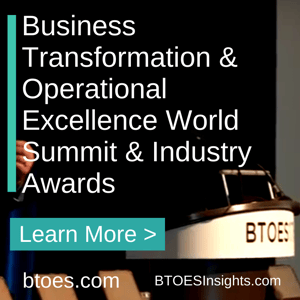

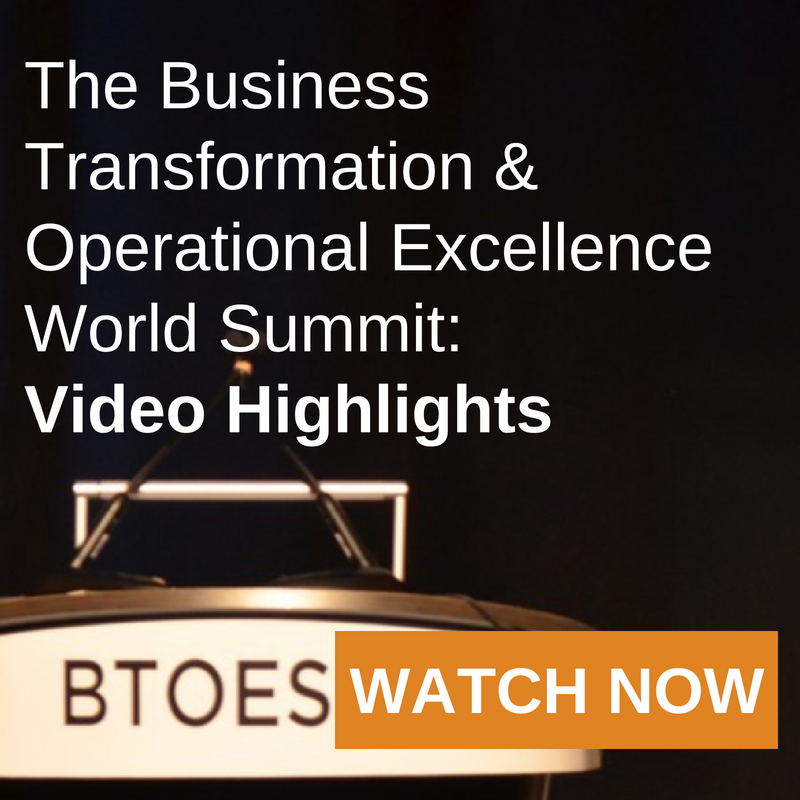


-1.png?width=300&name=ATTENDEE%20-%20Proqis%20Digital%20Event%20Graphics%20(2)-1.png)
-1.png?width=300&name=ATTENDEE%20-%20Proqis%20Digital%20Event%20Graphics%20(1)-1.png)
